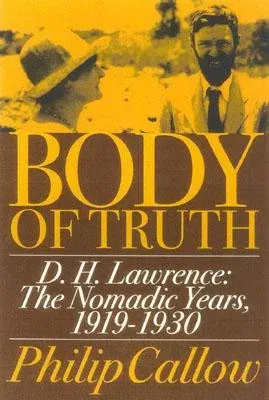In November 1919 D. H. Lawrence arrived in Venice, thirty-four years
old, a big name with a banned book behind him, scraping by on very
little but with a zest for life undiminished by shaky health. He had had
a bleak war--hounded out of Cornwall, humiliated in army medicals--and
was now overjoyed to be free and on the move, a twentieth-century
English exile who would remain passionately English to the end of his
days. Philip Callow's account of Lawrence's last years and his almost
relentless travels between New Mexico, Europe, and England brings the
great writer to life in intimate detail. As Lawrence's disgust with the
Western world grew more intense, his rage ebbed and flowed erratically,
but between the rages he knew rapture. He relished his workingman's
aptitude, but what sustained him was his writing. Without it, he once
said, I would have been dead long ago. His anger finally found an outlet
that earned him money: he wrote Lady Chatterley's Lover and broke the
taboo against explicit sex in literature. In poetry, novellas, travel
writing, and the painting of visceral canvases, Lawrence continued to
respond to the demands of his art. And, to the end, he clung to his
wife, the fundamentally married man he had always been. In Body of
Truth, Philip Callow gives us a poignant and revealing story of the
artist at life's end.

